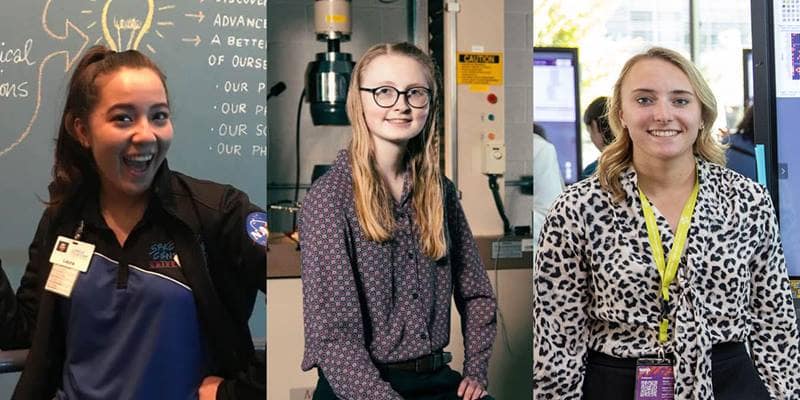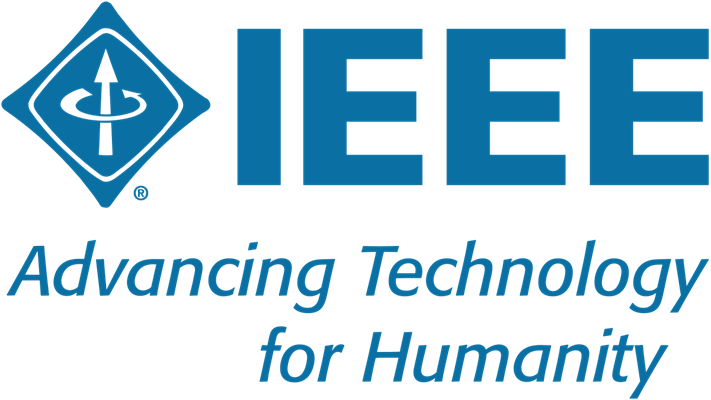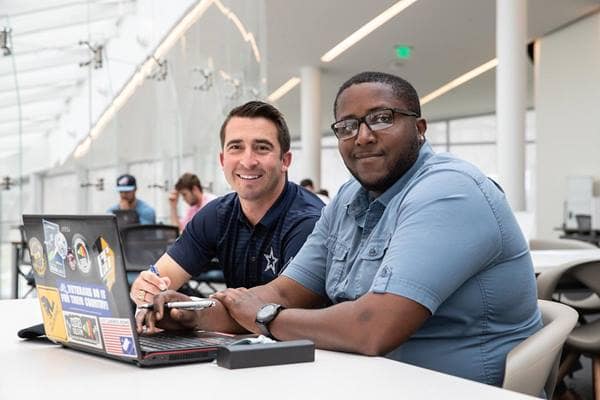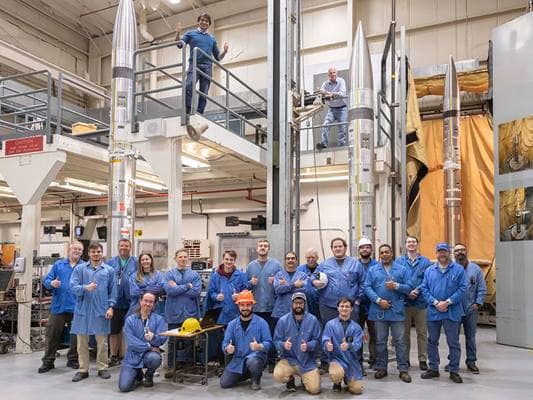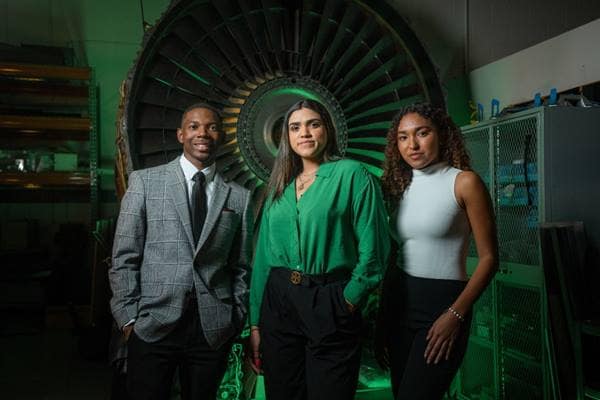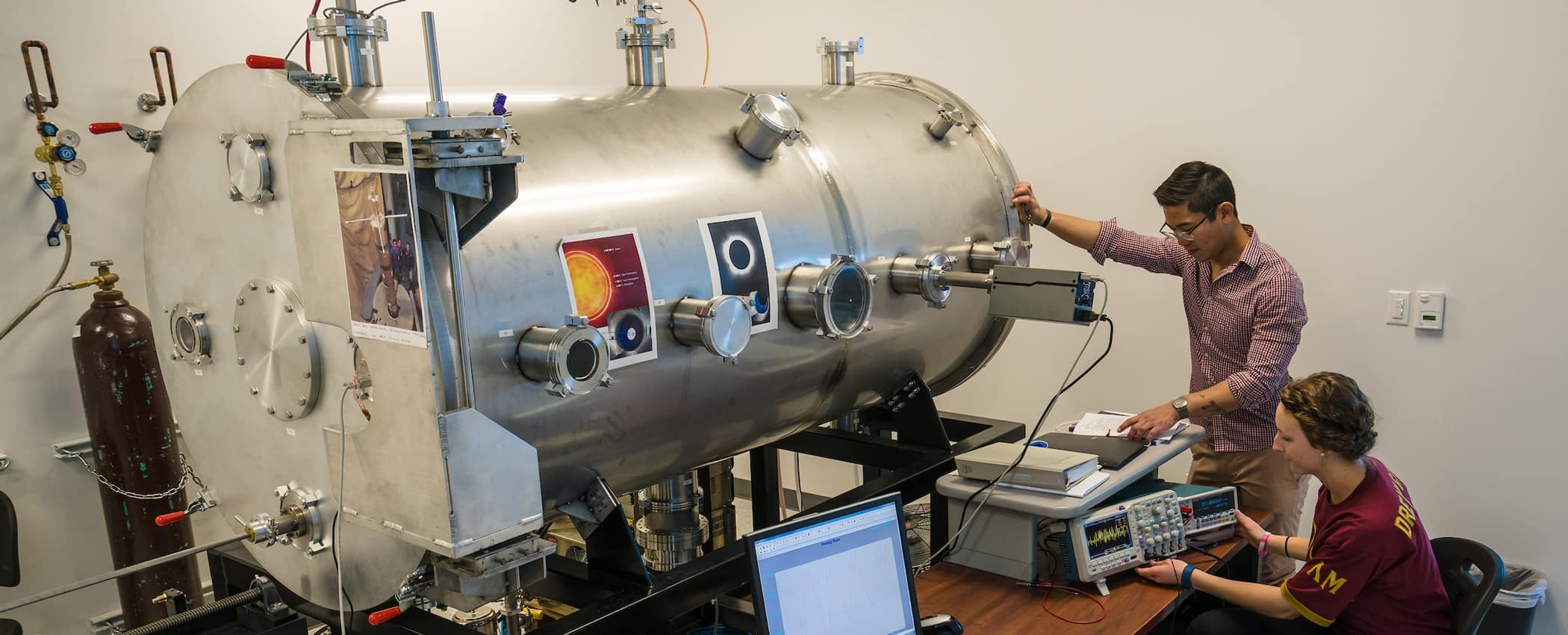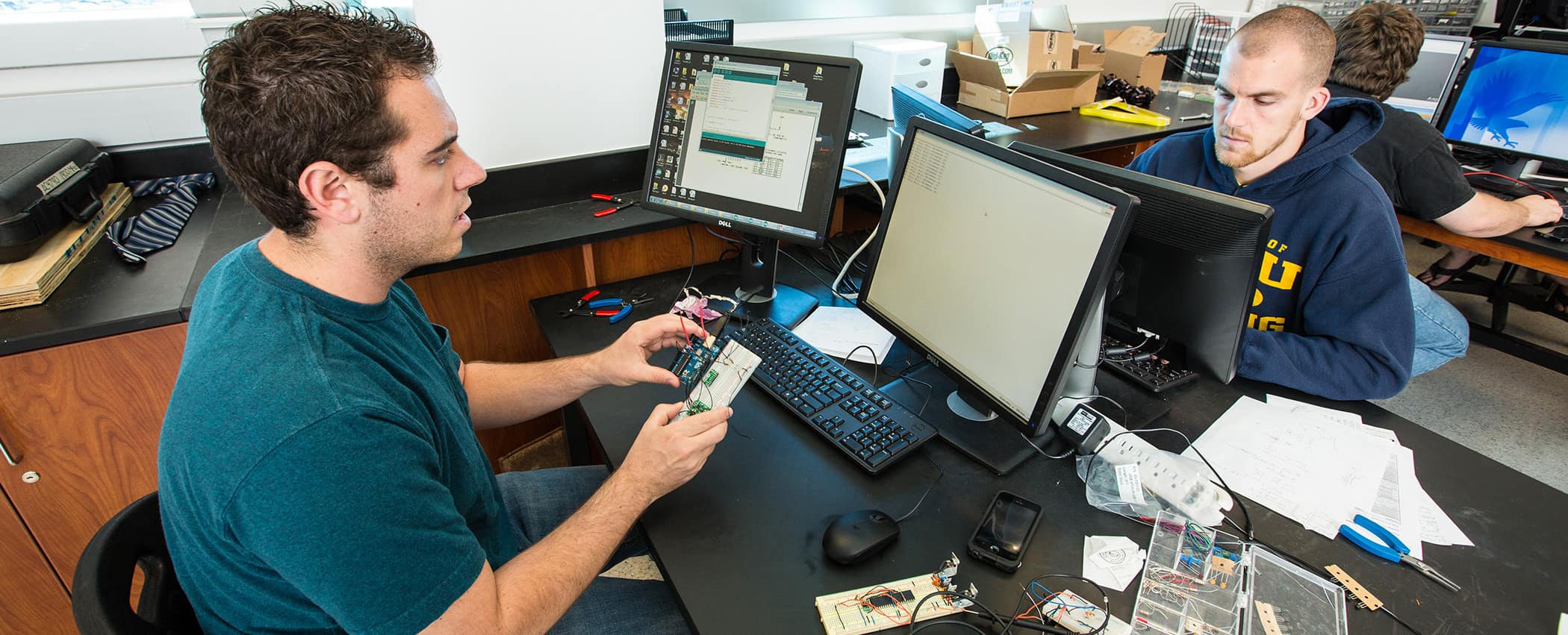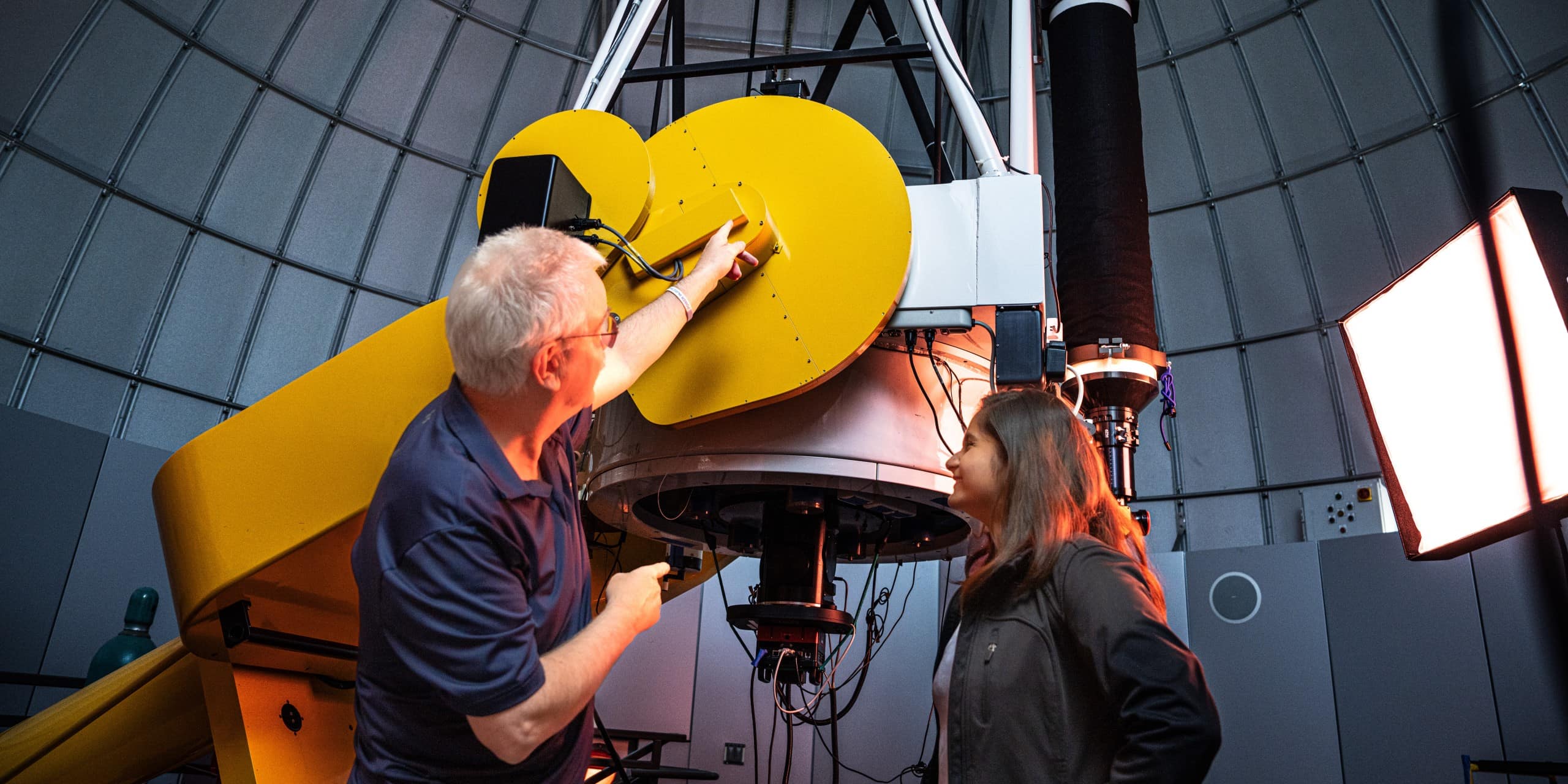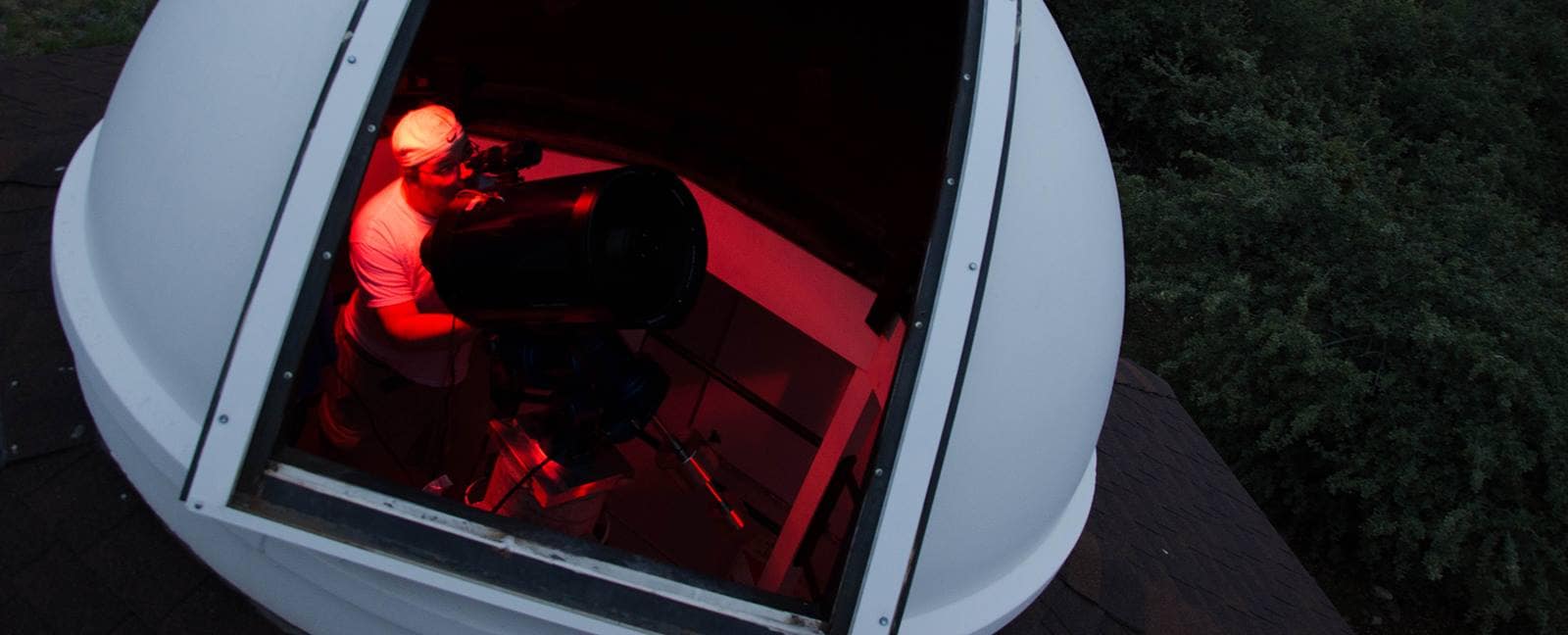
Bachelor of Science in
Astronomy
Classroom courses and hands-on experience provide students in this program the opportunity to explore the universe through leading-edge facilities and research projects.
Astronomy is unlike most sciences. We can’t bring celestial objects such as planets, stars, and galaxies into a laboratory. Instead, we use a clever combination of astronomical observations, physics principles, computer analysis and the human mind to understand how these distant objects work.
At Embry-Riddle Aeronautical University, students in the Bachelor of Science in Astronomy program use a combination of physics and astronomy classroom courses, along with hands-on laboratory courses, to understand and explore the Universe. Graduates are prepared to enter a variety of industrial and basic science applications, as well as graduate programs in related fields.
As one of only a few small, private institutions with an Astronomy program, Embry-Riddle offers plenty of advantages, including faculty ties to major resources, such as the Hubble Space Telescope, and major research programs sponsored by NASA and the National Science Foundation. Students also frequently work one-on-one with faculty on research projects and activities.
The U.S. Bureau of Labor Statistics expects a 14% increase in physics and astronomy jobs between 2016 and 2026. The 2021 median annual wage for astronomers and astrophysicists was $147,450, according to the U.S. Bureau of Labor Statistics. We are proud to report that 94% of Embry-Riddle graduates are employed in their field or are continuing their education within a year of graduation, according to our most recent Alumni Survey.
DETAILS
About Astronomy at the Prescott, AZ Campus
Through hands-on experiences with the instruments that unlock the secrets of the skies, students in the Bachelor of Science in Astronomy program at the Prescott Campus can make precise observations of a variety of celestial objects. Prescott’s campus houses the Optical Observatory, newly upgraded with a computer-controlled 16-inch diameter telescope and professional-quality electronic camera.
Students attend classes in dynamic, engineering-related labs and facilities, such as the Campus Observatory Complex, Cosmic Ray Laboratory, and Laser Interferometer Gravitational-Wave Observatory (LIGO).
Prescott’s campus has one of only a handful of Astronomy degree programs in the Western United States and its high altitude location away from large cities allows students to take advantage of equipment access on campus to view the nearest heavens, while peering up at the farthest reaches through access to the Hubble Space Telescope and research programs at NASA and the National Science Foundation.
Diverse co-operative education (co-op)/internship opportunities are available for students interested in expanding their experiences. Students can also participate in study abroad opportunities.
Degree Requirements
The Bachelor of Science in Astronomy is a 120 credit hour program that can be completed in eight semesters. The list of courses below comprises the complete requirements for the degree of Bachelor of Science in Astronomy. Before registering for a course, check the course descriptions to ensure that all prerequisites and/or corequisites are met. To best ensure success in a course, it is recommended that students earn a C grade or better in all prerequisite courses. Students must have a minimum cumulative GPA of 2.0 in core PS courses.
Students may not pursue both an Astronomy B.S. degree and a Space Physics B.S. degree. However, also note that the degree requirements for the first three semesters of both degree programs can be satisfied with the same courses. Thus, a student who is making appropriate progress in either the Astronomy or Space Physics degree programs can switch to the other program after the third semester with a complete transfer of credit from one program to the other.
Program Requirements
General Education
Embry-Riddle degree programs require students to complete a minimum of 36 hours of General Education coursework. For a full description of Embry-Riddle General Education guidelines, please see the General Education section of this catalog.
Students may choose other classes outside of their requirements, but doing so can result in the student having to complete more than the degree's 120 credit hours. This will result in additional time and cost to the student.
| Communication Theory and Skills | 9 | |
| Computer Science/Information Technology | 3 | |
| Mathematics | 6 | |
| Physical and Life Sciences (Natural Sciences) | 6 | |
| Humanities and Social Sciences | 12 | |
3 hours of Lower-Level Humanities | ||
3 hours of Lower-Level Social Science | ||
3 hours of Lower-Level or Upper-Level Humanities or Social Science | ||
3 hours of Upper-Level Humanities or Social Science | ||
| Total Credits | 36 | |
Astronomy Core (98 Credits)
The following course of study outlines the quickest and most cost-efficient route for students to earn their B.S. in Astronomy. Students are encouraged to follow the course of study to ensure they complete all program required courses and their prerequisites within four years.
Courses in the core with a # will satisfy your general education requirements.
| CHM 110 & 110L | General Chemistry I and General Chemistry I Laboratory # | 4 |
| CS 118 | Fundamentals of Computer Programming # | 3 |
| or EGR 115 | Introduction to Computing for Engineers | |
| General Education - Communication Electives # | 9 | |
| General Education - Humanities Lower-Level Elective # | 3 | |
| General Education - Humanities Upper-Level Elective # | 3 | |
| General Education - Social Science Lower-Level Elective # | 3 | |
| General Education - Social Sciences Upper-Level Elective # | 3 | |
| MA 241 | Calculus and Analytical Geometry I # | 4 |
| MA 242 | Calculus and Analytical Geometry II # | 4 |
| MA 243 | Calculus and Analytical Geometry III | 4 |
| MA 335 | Introduction to Linear and Abstract Algebra ** | 3 |
| MA 345 | Differential Equations and Matrix Methods | 4 |
| MA 441 | Mathematical Methods for Engineering and Physics I | 3 |
| PS 204 | General Astronomy ** | 3 |
| PS 215 | Physics I *# | 3 |
| PS 216 | Physics I Laboratory * | 1 |
| PS 208 | Physics II | 3 |
| PS 219 | Physics III * | 3 |
| PS 221 | Intermediate Physics Laboratory ** | 2 |
| PS 222 | Intermediate Astronomy * | 3 |
| PS 232 | Computational Methods in the Physical Sciences * | 3 |
| PS 303 | Modern Physics ** | 3 |
| PS 315 | Modern Physics Laboratory ** | 2 |
| PS 321 | Classical Mechanics I * | 3 |
| PS 330 | Electricity and Magnetism I * | 3 |
| PS 332 | Techniques of Observational Astronomy ** | 3 |
| PS 340 | Astrophysics I * | 3 |
| PS 350 | Quantum Mechanics I ** | 3 |
| PS 380 | Optics Laboratory ** | 3 |
| PS 408 | Astrophysics II | 3 |
| UNIV 101 | College Success | 1 |
Research Thesis (6 credits)
| PS 490 | Senior Research Thesis, Part I | 3 |
| PS 491 | Senior Research Thesis, Part II | 3 |
Technical Electives (9 credits)
Choose a total of 3 courses from the list of courses below:
| MA 412 | Probability and Statistics | 3 |
| MA 442 | Mathematical Methods for Engineering and Physics II | 3 |
| MA 443 | Complex Variables | 3 |
| PS 322 | Classical Mechanics II ** | 3 |
| PS 331 | Electricity and Magnetism II ** | 3 |
| PS 405 | Atomic Nuclear Physics * | 3 |
| PS 412 | Particle Physics and Cosmology * | 3 |
| PS 413 | Particle Physics and Cosmology II | 3 |
| PS 420 | Remote Sensing | 3 |
| PS 422 | Space Propulsion | 3 |
| PS 451 | Quantum Mechanics II | 3 |
Technical electives include MA or PS Directed Study courses that may be approved by the Department Chair.
Open Elective (7 Credits)
| Open Electives | 7 | |
| Total Credits | 120 | |
- *
Offered in Fall Only
- **
Offered in Spring Only
- #
General Education Courses
All Army ROTC students are required to complete SS 321 - U.S. Military History 1900-Present (3 credits) in order to commission.
Astronomy - General
| Freshman Year | ||
|---|---|---|
| Fall | Credits | |
| CHM 110 & 110L |
General Chemistry I | 4 |
| Communication Elective Lower-Level | 3 | |
| MA 241 | Calculus and Analytical Geometry I | 4 |
| PS 215 | Physics I | 3 |
| PS 216 | Physics I Laboratory | 1 |
| UNIV 101 | College Success | 1 |
| Credits Subtotal | 16.0 | |
| Spring | ||
| CS 118 | Fundamentals of Computer Programming | 3 |
or EGR 115
|
Introduction to Computing for Engineers | |
| MA 242 | Calculus and Analytical Geometry II | 4 |
| PS 204 | General Astronomy | 3 |
| PS 208 | Physics II | 3 |
| PS 221 | Intermediate Physics Laboratory | 2 |
| Credits Subtotal | 15.0 | |
| Sophomore Year | ||
| Fall | ||
| Humanities Lower-Level Elective | 3 | |
| MA 243 | Calculus and Analytical Geometry III | 4 |
| PS 219 | Physics III | 3 |
| PS 222 | Intermediate Astronomy | 3 |
| PS 232 | Computational Methods in the Physical Sciences | 3 |
| Credits Subtotal | 16.0 | |
| Spring | ||
| MA 335 | Introduction to Linear and Abstract Algebra | 3 |
| MA 345 | Differential Equations and Matrix Methods | 4 |
| PS 303 | Modern Physics | 3 |
| PS 315 | Modern Physics Laboratory | 2 |
| PS 332 | Techniques of Observational Astronomy | 3 |
| Credits Subtotal | 15.0 | |
| Junior Year | ||
| Fall | ||
| Communication Lower-Level Elective | 3 | |
| MA 441 | Mathematical Methods for Engineering and Physics I | 3 |
| Open Electives | 3 | |
| PS 330 | Electricity and Magnetism I | 3 |
| PS 340 | Astrophysics I | 3 |
| Credits Subtotal | 15.0 | |
| Spring | ||
| PS 380 | Optics Laboratory | 3 |
| Communication Lower-Level Elective | 3 | |
| Social Science Lower-Level Elective | 3 | |
| Technical Elective | 6 | |
| Credits Subtotal | 15.0 | |
| Senior Year | ||
| Fall | ||
| Humanities Upper-Level Elective | 3 | |
| PS 321 | Classical Mechanics I | 3 |
| PS 408 | Astrophysics II | 3 |
| PS 490 | Senior Research Thesis, Part I | 3 |
| Social Science Upper-Level Elective | 3 | |
| Credits Subtotal | 15.0 | |
| Spring | ||
| Open Electives | 4 | |
| PS 350 | Quantum Mechanics I | 3 |
| PS 491 | Senior Research Thesis, Part II | 3 |
| Technical Elective | 3 | |
| Credits Subtotal | 13.0 | |
| Credits Total: | 120.0 | |
Get Started Now:
Summary
120 Credits
Estimate your tuition by using the Tuition Calculator
View Financial Aid Information
Learn about our General Education
Find out about transferring credits to this degree
Learn more about our Veterans & Military benefits
View our Academic Calendar


